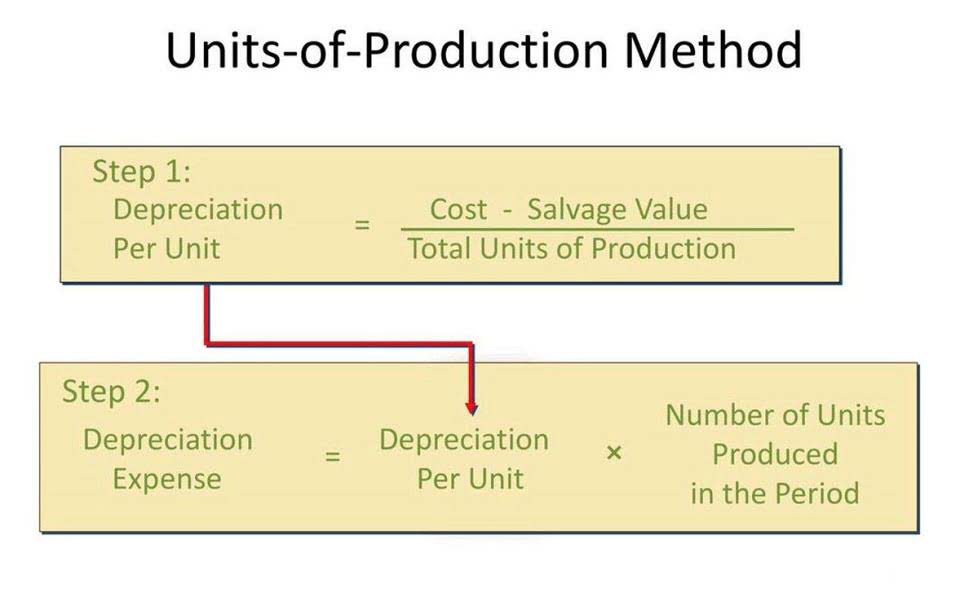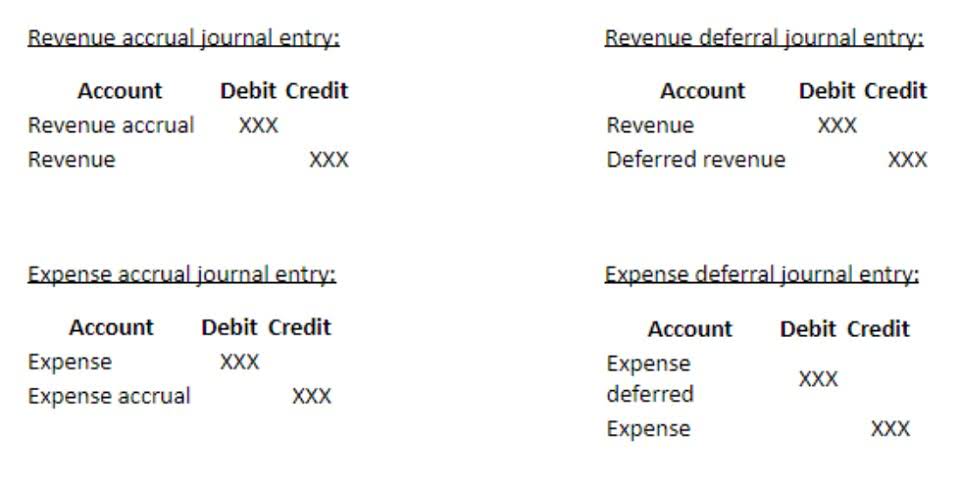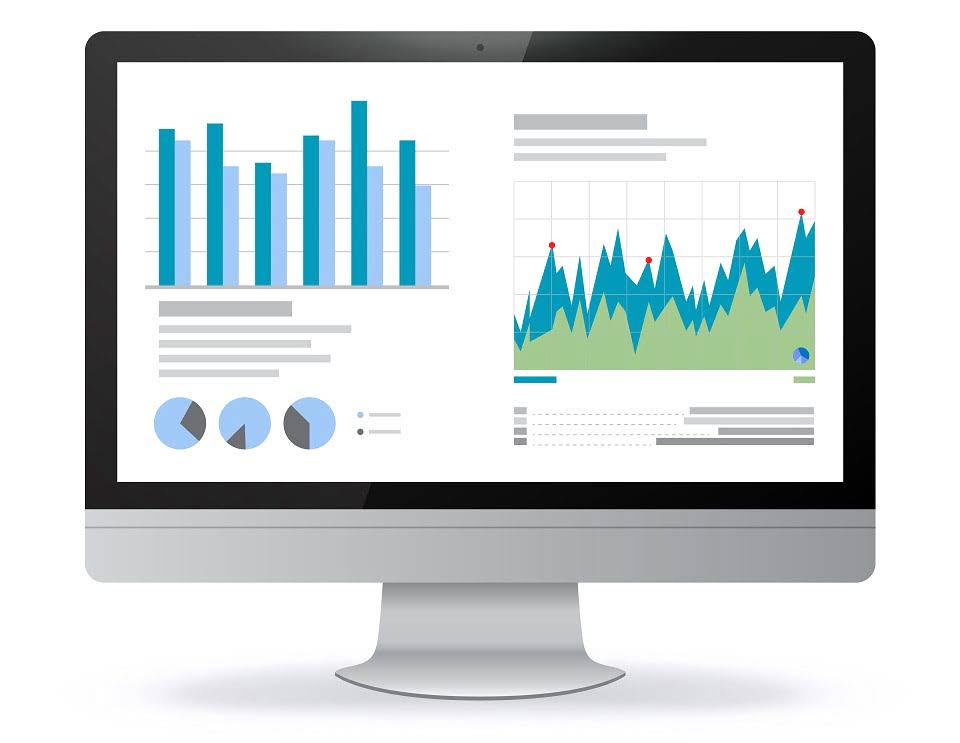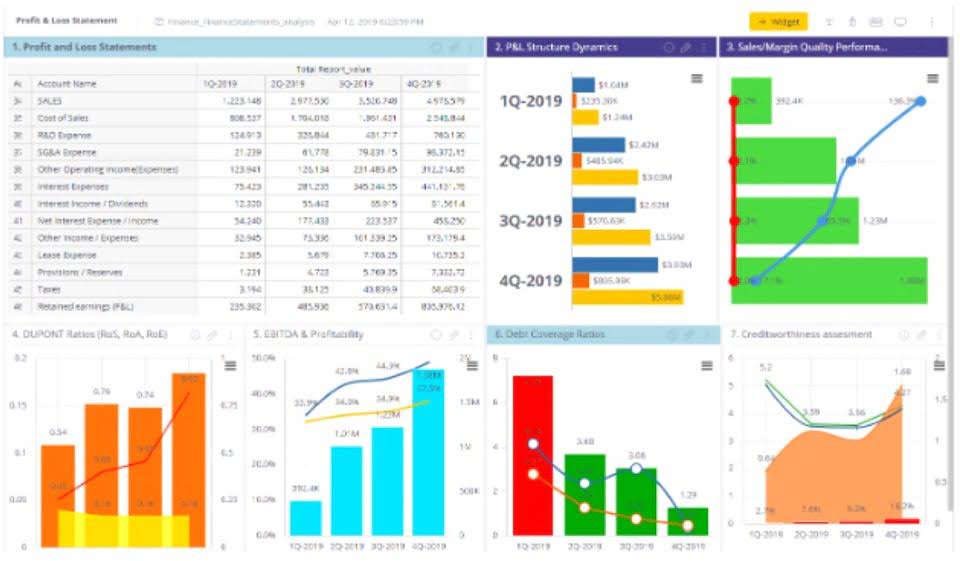Candlefocus Financial Terms & Glossary Understanding Undivided Profit: Uses & Benefits
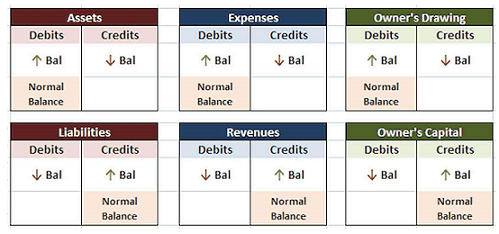
Instead of being set aside in a reserve account like surplus reserve, undistributed profit remains on the company’s balance sheet as retained earnings. This retained earnings can be used for various purposes, such as reinvesting in the business, paying off debt, or funding future projects. Surplus reserve refers to the portion of a company’s profits that is set aside for specific purposes, such as future investments, expansion projects, or to cover potential losses. Surplus reserve is typically created by transferring a portion of the company’s profits from the income statement to a reserve account on the balance sheet. This reserve is not distributed to shareholders as dividends, but is instead retained by the company for future use.
Undistributed profit, or retained earnings, is a critical component of a company?s financial strategy. It represents the portion of a company?s net income that is not distributed to shareholders as dividends but rather reinvested in the business. This financial resource enables companies to fund growth, reduce debt, and withstand economic downturns. Understanding the concept of undistributed profit is essential for both businesses and investors, as it impacts a company?s financial stability and future prospects. By maintaining a healthy balance between dividend payments and retained earnings, companies can achieve sustainable growth and financial resilience. Undistributed profit, on the other hand, refers to the portion of a company’s profits that have not been distributed to shareholders as dividends.
Deducting Business Expenses in an Unprofitable Business
For example, a company might receive goods or services and pay for them at a later time. You receive the item immediately, but you’ll pay for it later and need to account for it in your budget. Regarding the form of capital increase, the law does not specify or limit specific forms of capital contribution. Therefore, the owners/capital contributors/shareholders can contribute capital through the conversion of undistributed profits are not contrary to the law. Retention ratio means the amount of profits that is ploughed back in to the business. In this case above, it shows that 69% of the profits after tax (what we call PAT or Net income) is undistributed profit for it is not paid out to shareholders in terms of dividends.

Using accrued expenses acknowledges that the liability is valid and records it as such. That way, the ledger accounts for all income and expenses created during that time period. When you?re dealing with current liabilities, you?re managing obligations typically undistributed profits that have accumulated in the company over time are called due within one year. Current liabilities are important because they represent the short-term obligations of a company. You might have a few different types of current liabilities, which include accounts payable, taxes payable, and short-term debt.
Accrued Expenses: What They Are and When to Record Them
Unlike dividends, which are typically paid out to shareholders on a regular basis, surplus reserve is a strategic decision made by the company to retain a portion of its profits for future use. This demonstrates the company’s commitment to long-term financial stability and growth. Accrued expenses are expenses that are incurred but still pending payment. With an accrued expense, we make a journal entry along with an offsetting liability. A business should use accrued expenses to produce more accurate financial reports and get a better idea of the financial health of the company. Surplus reserve serves as a financial cushion for the company, providing a source of funds that can be used in times of need.


